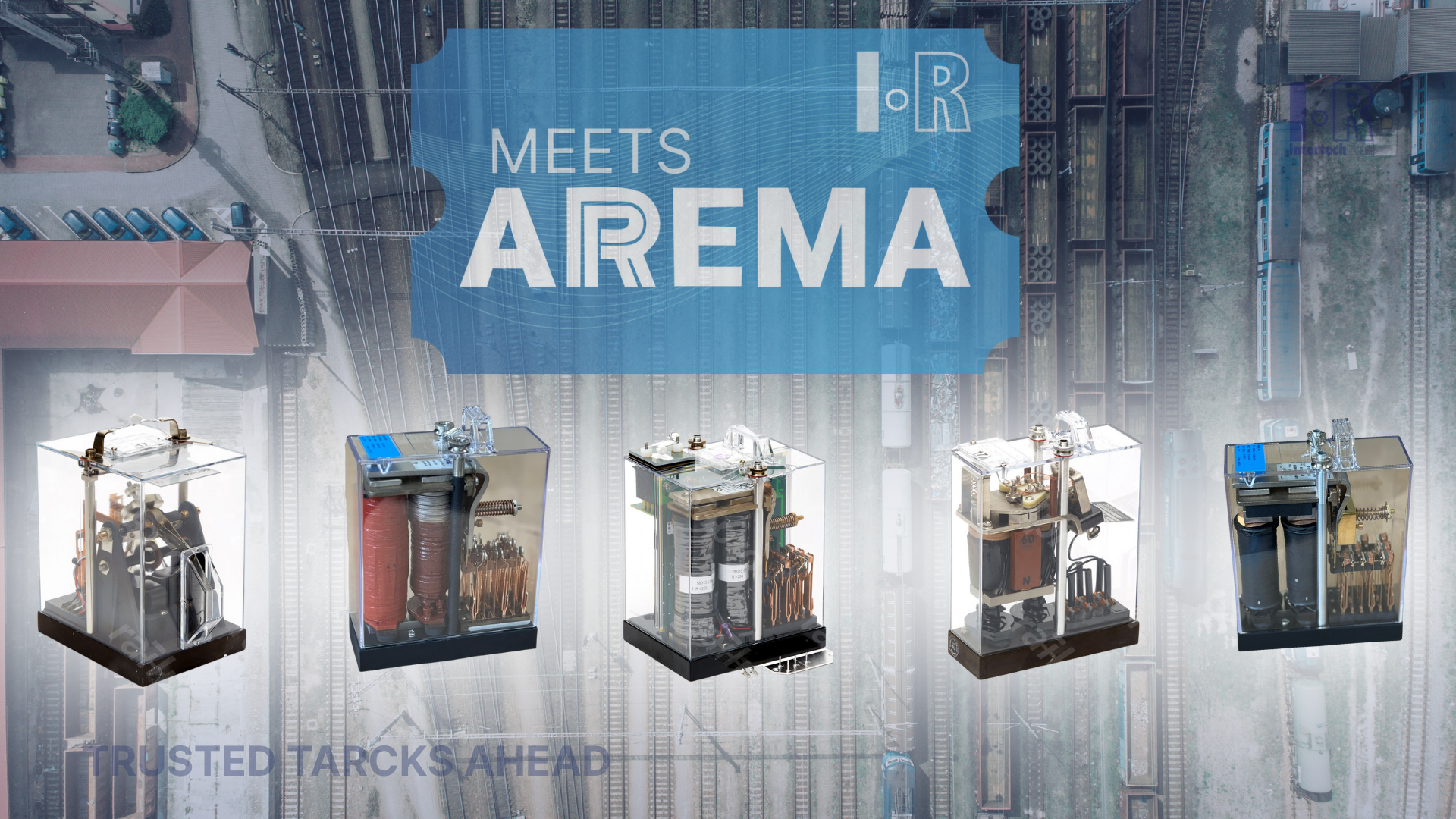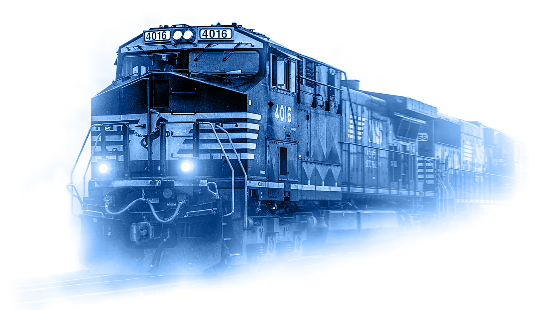Side Placement vs. Underneath Placement of RFID tags in Railcars
RFID (Radio Frequency Identification) technology has become a valuable asset in the rail industry, enabling efficient asset tracking, inventory management, and maintenance operations. When implementing RFID systems in railcars, the positioning of RFID tags is a critical consideration. This article compares the advantages and considerations of placing RFID tags on the sides of railcars versus underneath, helping to determine the most suitable approach for different railcar applications.
RFID Tag Placement on the Sides of Railcars
Accessibility
Placing RFID tags on the sides of railcars provides convenient access for installation, inspection, and maintenance. Workers can easily mount or replace tags without requiring specialized equipment or lifting the railcar.
Read Range
Side placement of RFID tags offers a larger read range compared to underneath placement. This positioning can be advantageous in applications where longer read distances are required, such as when tracking railcars from a fixed location or monitoring them during stationary operations.
Line of Sight
Side placement allows for direct line of sight between the RFID reader and the tag, optimizing read rates and reducing the chances of interference. This positioning is beneficial in environments with minimal obstructions and metallic surfaces.
Considerations for Side Placement
Environmental Exposure
RFID tags placed on the sides of railcars are exposed to various environmental factors, including extreme weather conditions, UV radiation, and potential physical damage during loading and unloading operations. Specialized ruggedized tags are recommended to ensure tag longevity and consistent performance in challenging environments.
Tag Orientation
Proper tag orientation is crucial for optimal read rates. It is essential to position the tag in a way that maximizes signal reception and minimizes interference from metal surfaces, equipment, or other structures on the railcar.
RFID Tag Placement Underneath Railcars
Protection from Environmental Factors
Placing RFID tags underneath railcars provides better protection against harsh weather conditions, UV radiation, and potential physical damage. The undercarriage of railcars is less exposed to external elements, making it an ideal location for enhanced tag durability.
Reduced Interference
By positioning RFID tags underneath railcars, interference from metal structures, obstructions, or equipment on the sides or top of the railcar is minimized. This positioning improves signal propagation, leading to reliable read rates and reduced data loss.
Extended Tag Lifespan
RFID tags underneath railcars experience less wear and tear during loading, unloading, and general operations. They are shielded from potential impacts, reducing the need for frequent tag replacements and associated maintenance costs.
Considerations for Underneath Placement:
Limited Read Range
Placing RFID tags underneath railcars may result in a shorter read range compared to side placement. This limitation needs to be considered if longer read distances are required or if real-time tracking from fixed locations is a critical requirement.
Maintenance and Installation
Installing and maintaining RFID tags underneath railcars may be more challenging due to limited accessibility. Specialized equipment, such as lifts or jacks, may be necessary for installation and maintenance activities.
Determining the Appropriate Placement
The choice between side placement and underneath placement of RFID tags in railcars depends on the specific application and operational requirements. Consider the following factors
Environmental conditions
If railcars are exposed to extreme weather or corrosive substances, underneath placement offers better protection.
Operational considerations
For high-speed applications, side placement may provide better read rates. For stationary operations or monitoring from fixed locations, side placement might be more suitable.
Accessibility and maintenance
Assess the ease of installation, inspection, and maintenance required for the RFID tags. Side placement offers greater accessibility, while underneath placement may require specialized equipment.




1501 Venera ave Suite 320A Coral Gables, FL 33146
+55 11 985974011 (Brazil)
+1 614 302 1900 (USA)
Intertech Rail 2024 - All Rights Reserved





